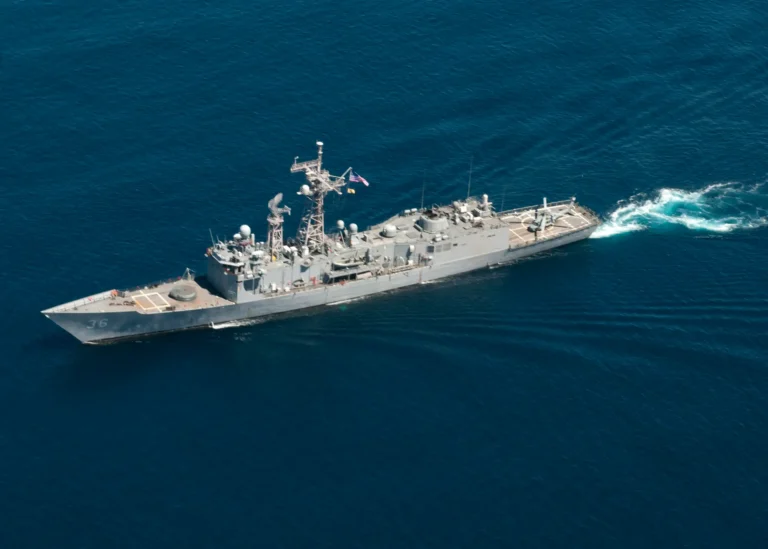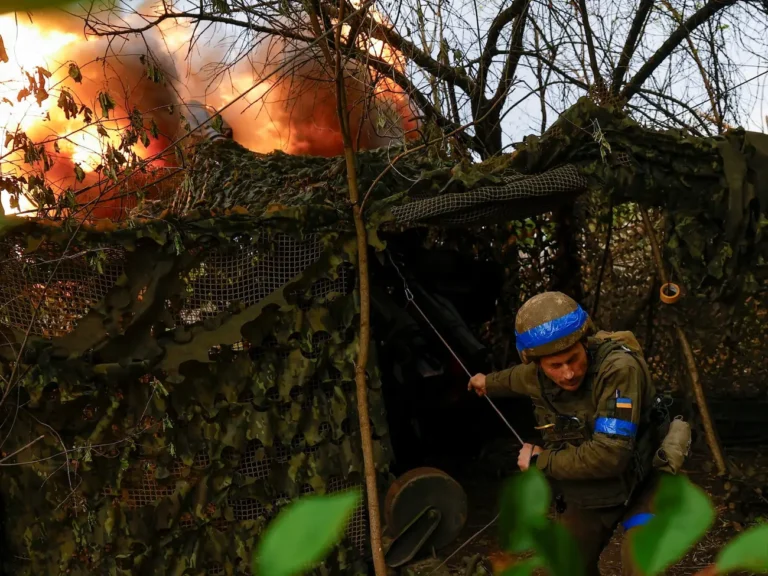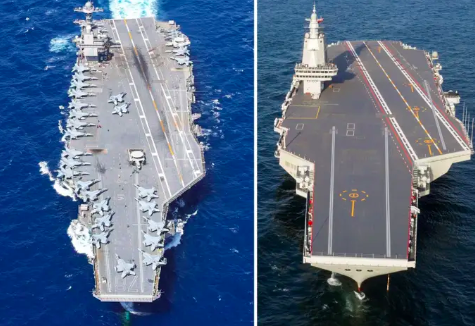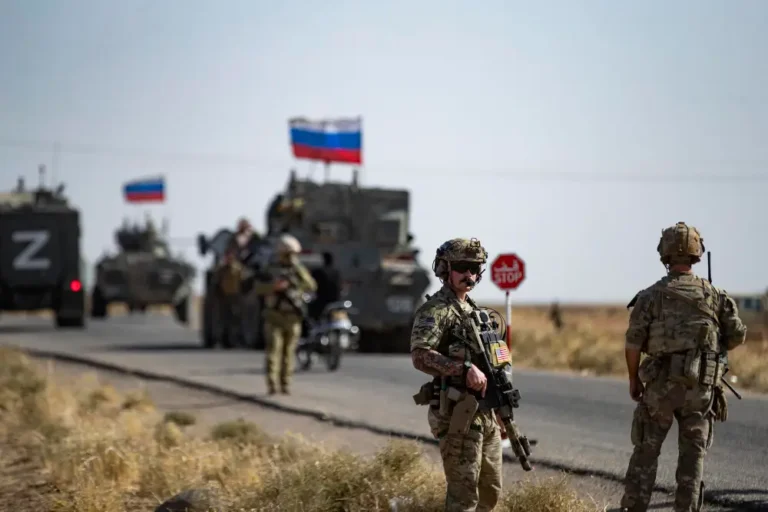It’s becoming clearer how Ukraine’s first attack on North Korean troops went down
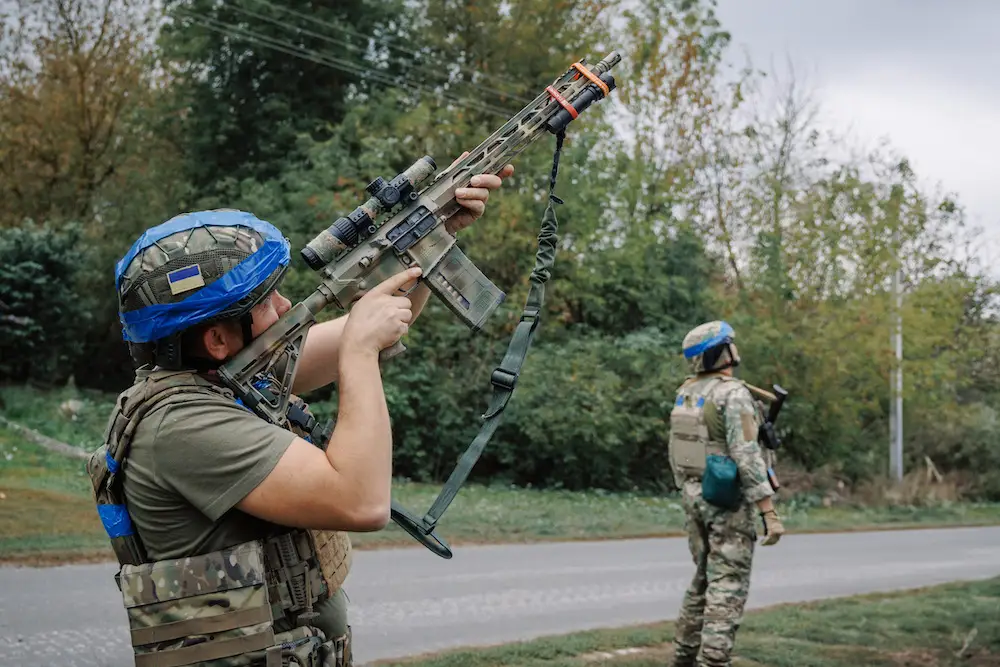
Ukrainian soldiers in Sudzha, Russia, at the center of Ukraine’s push into Kursk. This image is being used for illustration purposes only.
A Ukrainian official gave B-17 further details about the first clashes between Ukrainian and North Korean troops in Russia’s Kursk region, where Ukraine launched a cross-border counteroffensive in August.
Andrii Kovalenko, the head of Ukraine’s Center for Countering Disinformation, said on Monday that “the first North Korean troops have already come under fire in Kursk Oblast.”
This was later confirmed by Ukraine’s defense minister, Rustem Umerov, who called it a “small engagement.” Rustem said the skirmish signaled decisively that North Korea had joined the conflict.
In remarks sent to B-17, Kovalenko gave more details about the attack.
“It was an ordinary combat engagement in the Kursk region,” he said, describing how Ukrainian forces conduct reconnaissance, identify enemy positions, and launch strikes.
He said Ukrainian forces knew that North Korean troops wearing Russian uniforms had been distributed across various Russian army units in the region for training under combat conditions.
“An artillery strike was launched against a position where Russians and North Korean military personnel were located,” he said.
Kovalenko added that it wasn’t an isolated incident.
He said “daily battles” were now occurring in the area around Sudzha, a Ukraine-held town at the center of its push into the region.
“Of course, shelling of the positions occurs daily,” he said.
On Thursday, Ukrainian President Volodymyr Zelenskyy said North Korean soldiers — which Ukraine says number 11,000 — had already suffered losses in Kursk.
Kovalenko said the North Koreans were being given “a few weeks” of training before being sent to live combat positions.
He said they posed “a serious threat that requires additional resources from our forces.”
He also said some were being given training in using reconnaissance and strike drones, skills that present a future risk to South Korea.
Once back in North Korea, they could use their new drone know-how “for future terrorist actions in the border areas with South Korea,” he said.
B-17 was unable to independently confirm Kovalenko’s account.
In recent weeks, Ukrainian intelligence has shared details of the military equipment it says Russia has issued to North Koreans, including mortars, rifles, machine guns, and anti-tank missiles.
North Korea experts told B-17 the military partnership between Moscow and Pyongyang was a win-win for both countries. But on a practical level, they also spoke of the logistical difficulties of combining two militaries.
This includes the conditions the troops will probably be cooperating under — including language issues, strains of racism from some Russian troops, as well as close supervision from North Korean officials to make sure they don’t desert.
Ukrainian intelligence also recently shared what it said was intercepted audio of Russian servicemen discussing the coming Korean troops in a conversation that suggested a chaotic start to North Koreans joining Russia’s fight.

